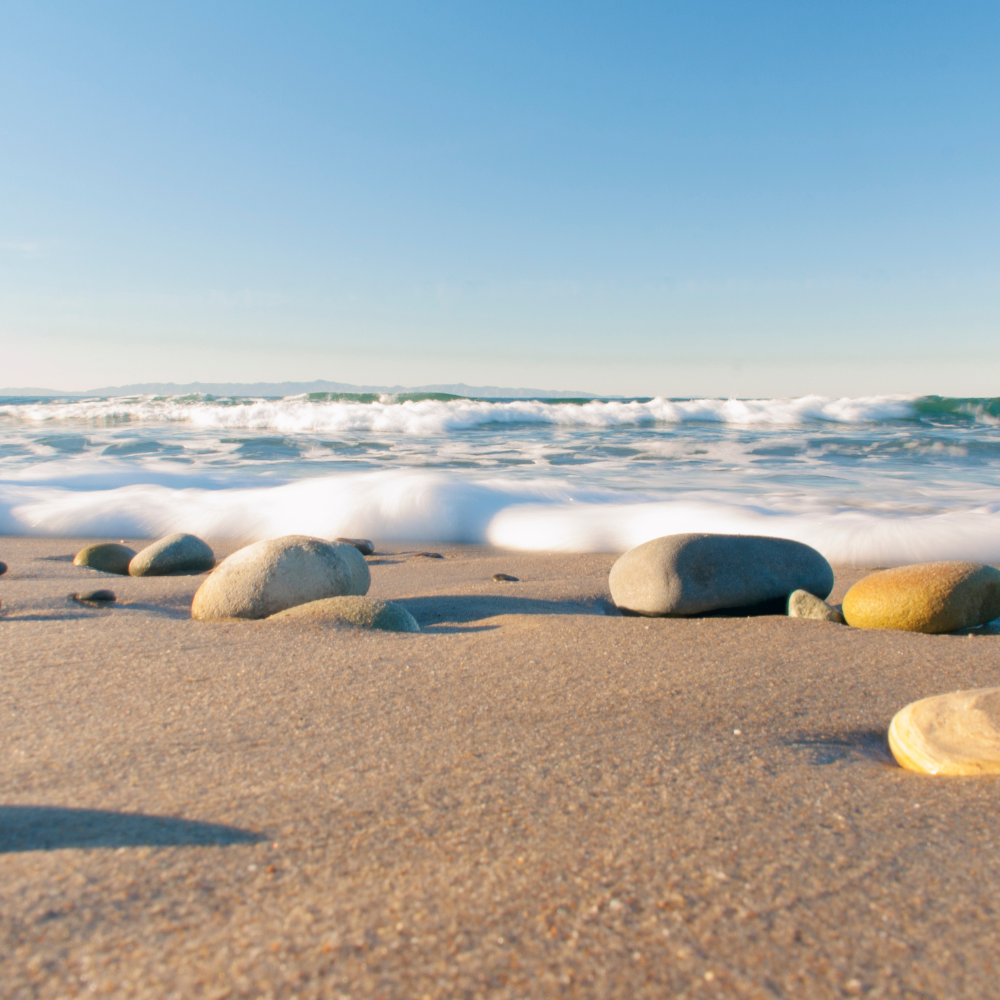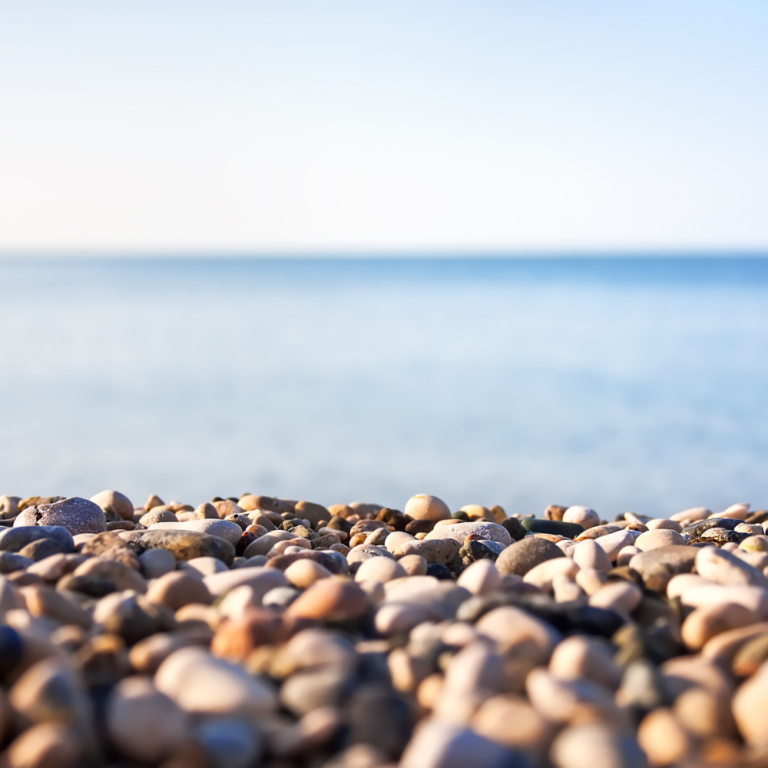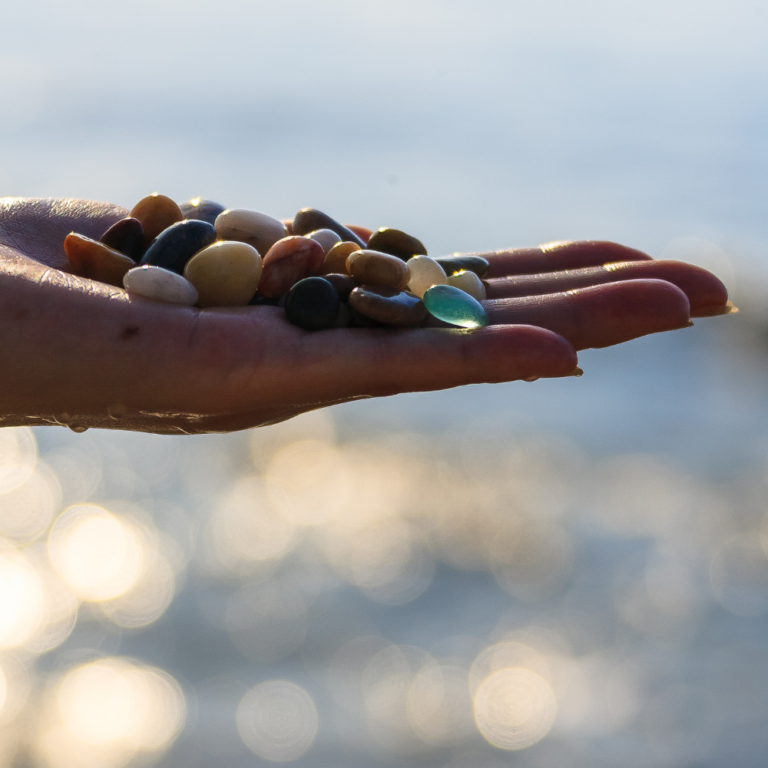What minerals are commonly found in beach pebbles and why are they comforting to hold?
Beach pebbles commonly contain several minerals that contribute to their appealing appearance and texture. Here are some of the most common minerals found in beach pebbles and why they can be comforting to hold:
- Quartz: This is one of the most abundant minerals in beach pebbles. Quartz is hard, durable, and often translucent, giving pebbles a smooth, glassy feel. It’s also resistant to weathering, which is why quartz pebbles can persist on beaches for long periods.
- Feldspar: Another common mineral in beach pebbles, feldspar can give pebbles a range of colors including white, pink, and reddish hues. It’s slightly softer than quartz but still durable enough to withstand beach conditions.
- Mica: This mineral can add a sparkly or shimmery quality to pebbles. While less common than quartz or feldspar, it can make pebbles visually interesting.
- Iron-bearing minerals: These can give pebbles reddish, brown, or even black colors. They contribute to the varied palette of beach stones.

Beach pebbles are comforting to hold for several reasons:
- Smooth texture: The constant action of waves and sand smooths the pebbles over time, creating a pleasing tactile sensation. This smoothness is primarily due to the erosion of softer minerals, leaving behind harder minerals like quartz.
- Temperature: Pebbles often feel cool to the touch initially, then warm up from body heat. This temperature change can be soothing and may help redirect focus from stressful thoughts.
- Connection to nature: Holding a pebble provides a tangible link to geological processes and the natural world, which many find grounding and comforting.
- Mindfulness: The act of focusing on a pebble’s weight, texture, and appearance can serve as a simple mindfulness exercise, helping to anchor one in the present moment.
- Portability: The small size of pebbles makes them easy to carry, allowing people to take a piece of nature’s comfort with them.
- Variety: The diverse colors, patterns, and compositions of beach pebbles make them interesting to collect and examine, providing an engaging sensory experience.
The comfort derived from holding beach pebbles stems from a combination of their physical properties, the sensory experience they provide, and the psychological associations with nature and geological processes. This explains why many people find themselves instinctively picking up and pocketing smooth stones during beach visits.







